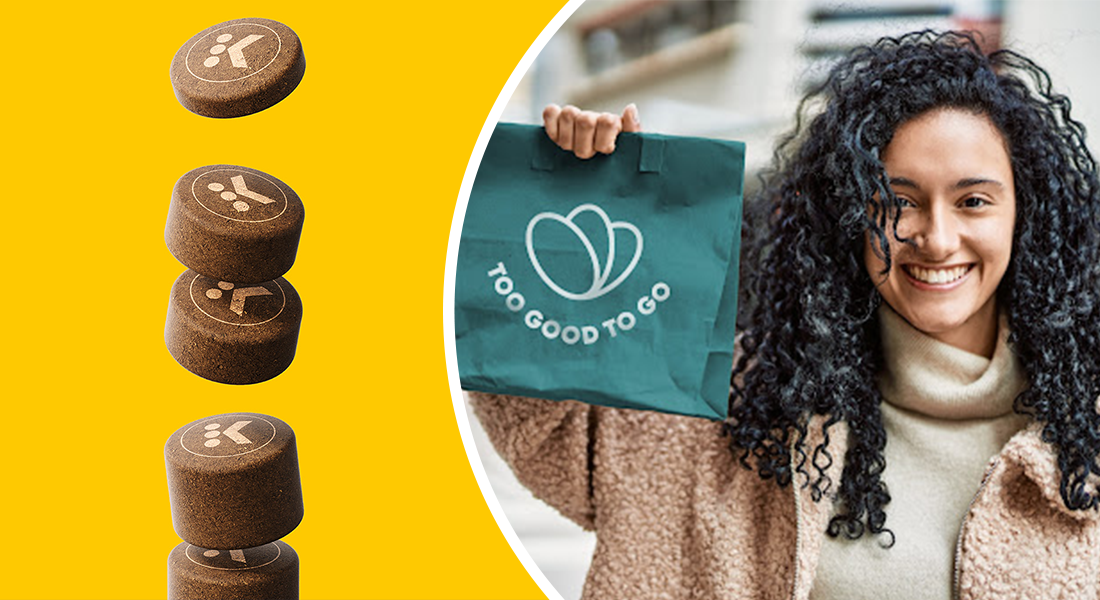At IFT18, the Institute of Food Technologists’ annual exposition in Chicago, around 23,000 attendees representing the food industry came to learn about the latest updates in the industry, new product innovations and emerging trends. Out of 100 sessions, Innova Insight’s market analyst, Mindy Hermann, had a presentation that highlighted the importance of storytelling and sensory language in a brand and how it can help produce more sales.
“Globalization has sparked the adventurous consumer’s curiosity,” Hermann said during her presentation. “Consumers want to discover new experiences. They may not necessarily be able to hop on a plane and go to another country, but they can experience another country through food, through world flavors and through unique stories.”
This might be why there is a rise in the development of ethnic cuisines and fusion flavors in the food industry. At a global scale, food and beverage launches that have a “discover” claim on them have increased by 52 percent between 2016 and 2017. This is because ten percent of European and American consumers have expressed interest in novelty and variety when purchasing food items, according to Innova Market Insights. This demand for exotic flavors led the US to dominate the global international spices market, which is expected to reach a value of $10 billion by 2019.
This “discovery” aspect gives consumers a sense of adventure while being in the comfort of their own homes, which is why this demand is growing. Food trucks have been noted to be innovators in this category because they have been introducing a variety of international and fusion cuisines at a local level. In fact, this trend has led to the development of street food flavors in the packaged snacks and ready meals industry. The frozen desserts industry is also heading in that direction. Hermann claims that almost a quarter of food and beverage launches that have ethnic flavors are launched by private brands.
Ironically enough, this trend can be noted worldwide as different regions turn away from their traditional cuisines and look for food from other cultures.
“In the US over the past five years, products with American flavors are down, Mediterranean flavors are up. But if you look at Latin America, Latin American flavors are down, and American flavors are up. There’s this blending of borders and more and more people incorporating into their cuisine foods from other cuisines,” she said.
Storytelling is a key aspect in producing “discovery” foods because it adds to the entire international experience. Consumers want to feel as if they are being taken away to a new country with exotic flavors, but a good story behind the product or company can really set the scene for them. In particular, food and beverage launches that had “traditional” claims experienced a ten percent average annual growth between 2013 and 2017. Global food and beverage product launches that had ethical claims also grew in sales by 20 percent between 2016 and 2017.
This trend can be noted from the “About Us” pages that many food companies have on their sites. Telling a story behind a brand allows consumers to humanize the brand and potentially relate to it. This develops a connection between consumer and brand which can help in building a loyal customer base.
Hermann advises companies to go beyond the common “About Us” page and start writing their stories on product packaging. This allows consumers to learn about a brand or product’s story as soon as they examine a package. The convenience of this method increases the amount of reach a company’s story has and thus increases the number of connections they make.
Food and beverage companies must also consider the language they use on their packaging. Hermann encourages companies to use expressive and descriptive words such as “sumptuous,” “tingly,” “dreamy,” and “heavenly” when describing their products on their packaging. Such words allow for imagery and contribute in enticing consumers to purchase a product. The market analyst claims that ten percent of consumers are influenced by texture and flavor claims.
“Enjoyment is paramount,” Hermann said. “Consumers are expecting more, so brands are enticing consumers with strong visual language, sensory language, indulgence and also romance language.”
In fact, a 2015 survey, conducted by Aradhna Krishna, the director of the Sensory Marketing Laboratory at the University of Michigan, found that food ads that incorporated descriptors of tasty odors increased people’s salivation for the foods described. In addition, this sensory language was found to influence the amount of product they consumed and their desire to eat it.
However, smell isn’t the only sensory property companies should focus on; texture and images are also important in the discovery experience. Krishna claims that visual and olfactory senses interact to create different perceptions of products. This means that people have difficulty identifying particular odors unless they can view a picture of the product described. This is why food companies usually include a picture of their product or a transparent window right on their packaging so that consumers have an idea of what is inside.
In 2010, Krishna participated in a similar study that found that texture also played a role in enticing consumers to purchase a product. In the study, participants who read an ad that described a potato chip product as having a “rich barbeque smell” and “salty crunchy texture” experienced more positive sensory thoughts while they tasted the chips and rated the taste of the chips higher than those who read an ad that only focused on taste.
With the food industry spending billions of dollars on advertising initiatives, marketers need to consider the experience they’re providing to consumers. By telling a story behind your product and using sensory language, companies will be able to build a loyal following. So, take your consumers on a sensory journey that they will never forget!












Join or login to leave a comment
JOIN LOGIN